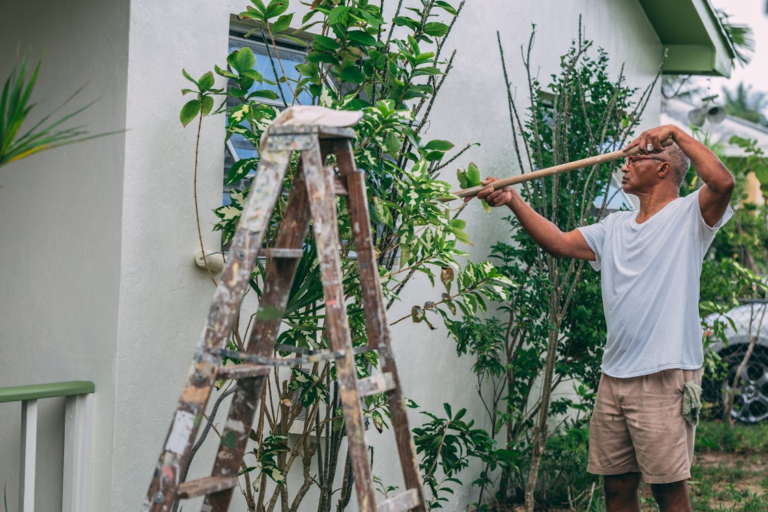For everyone thinking about a remodel, first understanding their house’s environmental impact is vital. Homeowners can learn a great deal about the whole impact of their property by evaluating elements, including waste generation, water use, and energy consumption. This assessment points out areas that need work and prepares one to make wise, environmentally friendly decisions that increase the residents’ well-being and the home’s efficiency. Renovations that emphasise sustainable design ideas and materials can turn existing homes into healthier, more ecologically friendly ones that show a dedication to sustainability.
Assessing your current home’s environmental impact
Before beginning any renovation project, it’s essential to assess how your home impacts the environment. Key areas to examine include waste production, water consumption, and energy use, as these significantly influence your home’s overall sustainability. Conducting an energy audit can reveal areas like outdated appliances or poor insulation where improvements can be made. Also, consider the sustainability of building materials. Websites like ukenergi.co.uk/services/solar offer insights into sustainable energy options, such as solar installations, guiding you in making environmentally conscious renovation choices that promote a higher quality of living.
Sustainable design principles to consider
Adopting sustainable design calls for some fundamental ideas that will help your remodelling turn into an environmentally friendly project. Energy efficiency should be prioritised, and high-performance windows, energy-efficient insulation, and solar panels should be used among renewable energy sources. Choose environmentally sourced materials like recycled metal or recovered wood to help lower the need for fresh resources. Strategic window placement can also help maximise natural light, reducing dependency on artificial lighting; adding water-saving fixtures will greatly cut use. Combining these ideas will help you design a house that captures your taste and benefits the surroundings.
Eco-friendly materials and technologies
Choosing environmentally friendly methods and materials will help your remodelling be much more sustainable. Think about using cork or bamboo flooring, both of which are durable and aesthetically pleasing renewable materials. Low-VOC paints, and natural plaster can help wall finishes enhance indoor air quality and lower dangerous emissions. Including smart home technology and energy-efficient appliances reduces energy usage and gives more control over the environmental effect of your house. Investigating creative ideas like green roofs or permeable paving can also assist in controlling stormwater runoff and supporting biodiversity, therefore fostering a more harmonic interaction with the nearby ecology.
Tips for implementing sustainable design in your renovation
Set targets for eco-friendliness throughout the refurbishment, including sustainable design. Make informed decisions by consulting with experts in sustainable practices. Plan your activities to conserve garbage; reusing items or resources from your house will help you lessen your carbon impact. Phased improvements can save expenditures while still providing long-term benefits. Finally, talk to local sustainable retailers about your options to help the community and cut travel emissions.
Assessing the environmental impact of your house and applying sustainable design concepts will help you build a remodel that benefits both you and the environment. This road begins with prioritising energy efficiency, using environmentally friendly materials, and using innovative technology. Working with experienced consultants and local merchants will help your sustainability initiatives. These efforts improve housing quality and promote a greener lifestyle, benefiting current and future generations.
Keep an eye for more news & updates on Vents Buzz!
